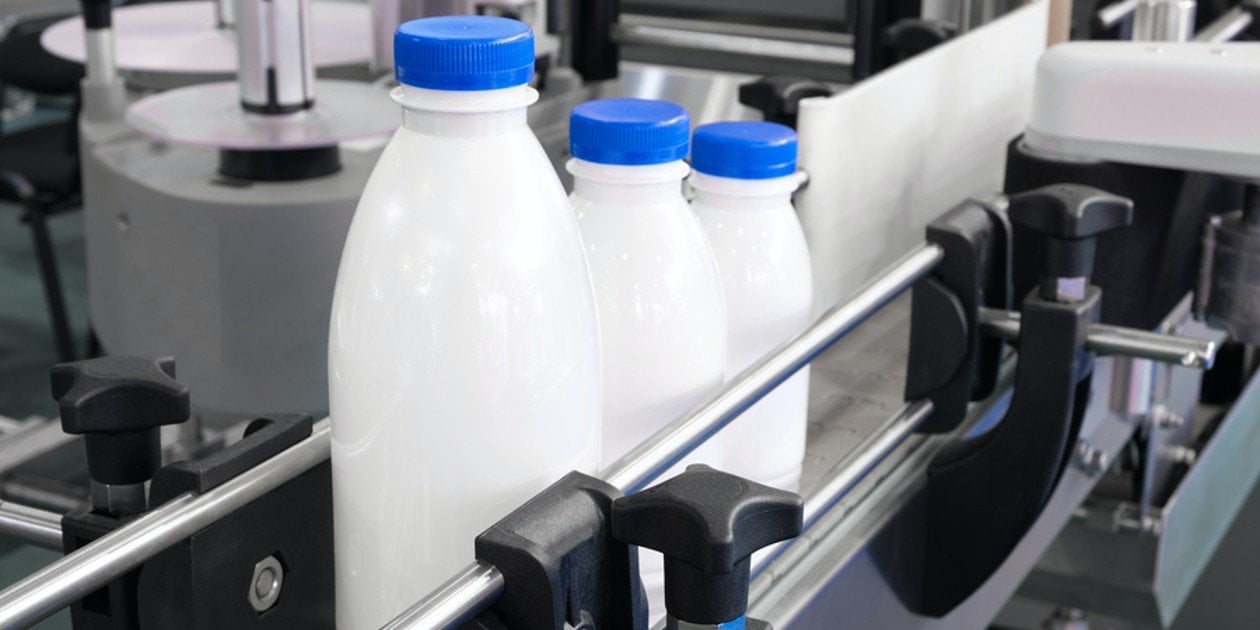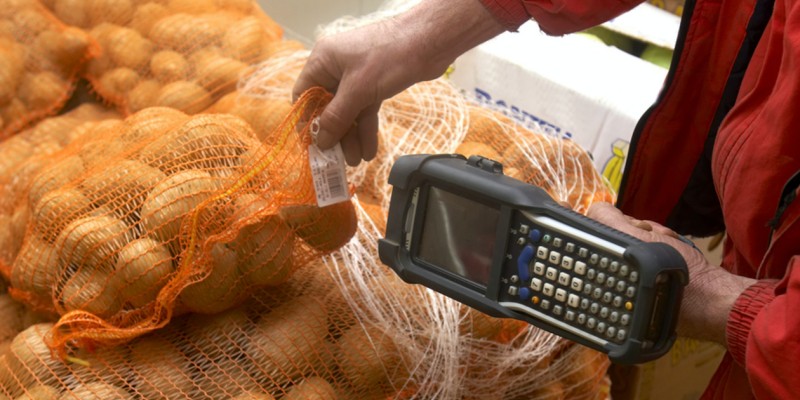
The COVID-19 pandemic has had some interesting effects on the food and beverage supply chain. We’re seeing a change in demand (consumers buying more non-perishables), concerns about contamination (due to the rate of COVID-19 infections in food and beverage supply chain employees), and food and supply chain disruptions (due to export bans).
While these challenges were unforeseen, they’re not insurmountable. Digital transformation automates the food and beverage supply chain while giving you greater insight into supply chain trends. Read on to learn more.
(You can also see some of our recent data integration success stories here.)
A Change in Consumer Demand
The next time you step into your local grocery store, take a look at the shelves and the carts of your fellow shoppers. You’re more likely to see a higher-than-normal number of non-perishable items, as well as packages of flour, baking soda, and yeast. Consumers are buying more non-perishables because they’re concerned about shortages, and they’re baking more because they’re not going to bakeries as much.
This change in demand has affected the food and beverage supply chain and manufacturers and retailers are struggling to keep up. B2B integration is helpful in this situation because it brings together streams of information so that manufacturers and retailers have a deeper insight into changing consumer preferences and can thus plan accordingly.
Concerns about Contamination
Another COVID-related issue in the food and beverage supply chain is contamination. This is especially evident in the meatpacking and processing sector; thousands of employees around the world have been infected by coronavirus. Now, consumers are rightfully worried about the safety of their food.
Digital transformation in the food and beverage supply chain improves food and beverage safety. Food and beverage EDI improves traceability and reduces the numbers of recalls thanks to lot tracking. Lot tracking tracks both inbound ingredients through the manufacturing process to the finished product, as well as backward from the finished lot’s ingredients to identify amounts, amounts, and lot numbers. With that information, you can quickly remove contaminated products from the supply chain to prevent consumers getting sick.

Supply Chain Disruptions
The third challenge that COVID-19 has presented is that a number of countries that export food have decided to enact export bans. Previously reliable sources of raw supplies are no longer viable. Now, manufacturers are scrambling to find new sources for their products.
B2B integration makes it easier to onboard new partners. Trading partners don’t need to invest in costly infrastructure or make drastic changes to their workflows because web-enabled forms allow them to automate their processes so they can easily send and receive information. Easy onboarding makes it more attractive to do business with you, regardless of the global health or economic situation.
If COVID-19 has taught the food and beverage supply chain players one thing, it’s that they need to be agile and ready to adapt to quickly changing situations. Digital transformation gives you that edge; with automated processes, you’ll save time, money, and effort as you navigate changing customer demand, concerns about contamination, and supply chain disruptions. Are you ready to integrate?




